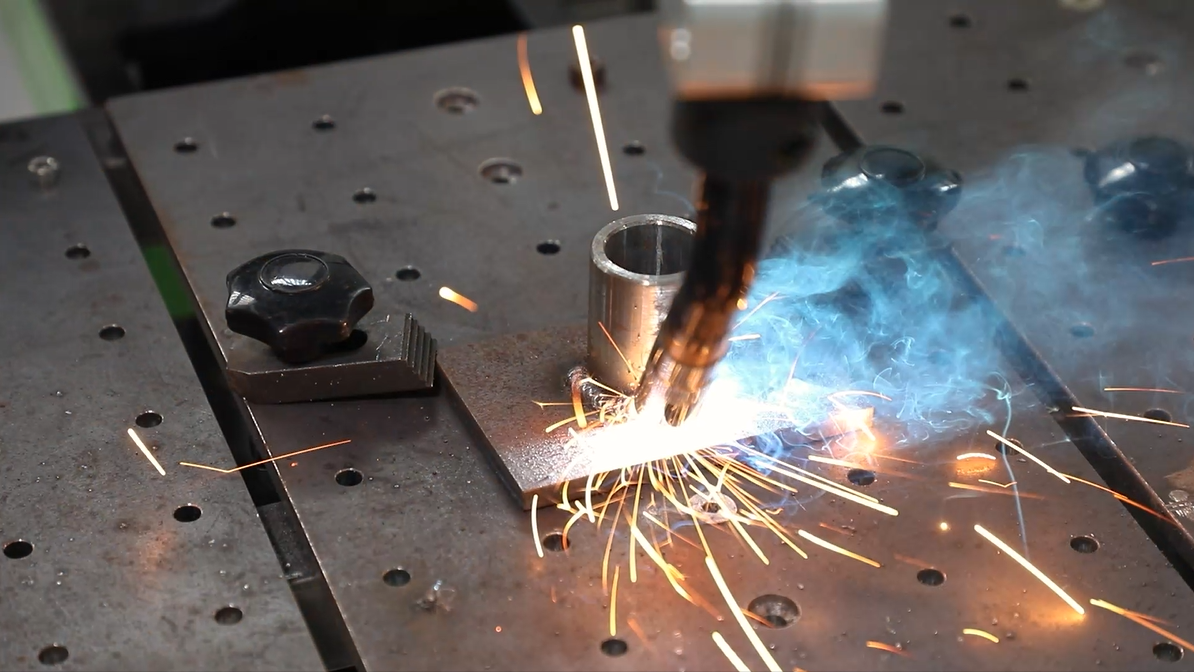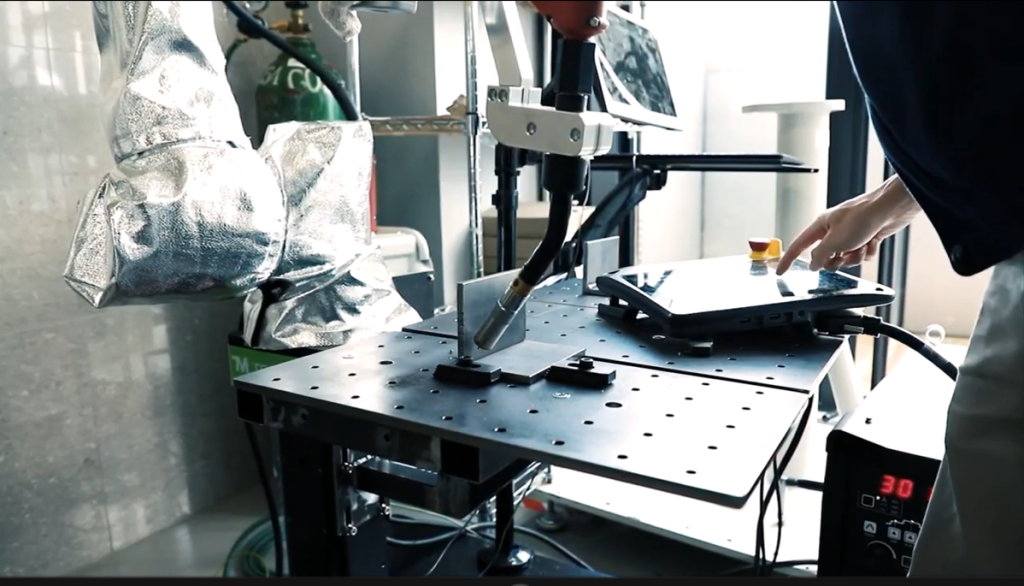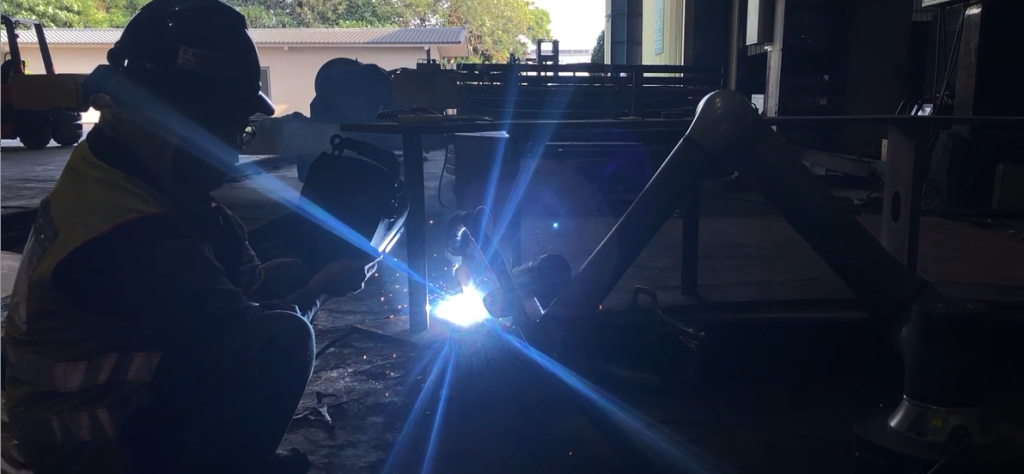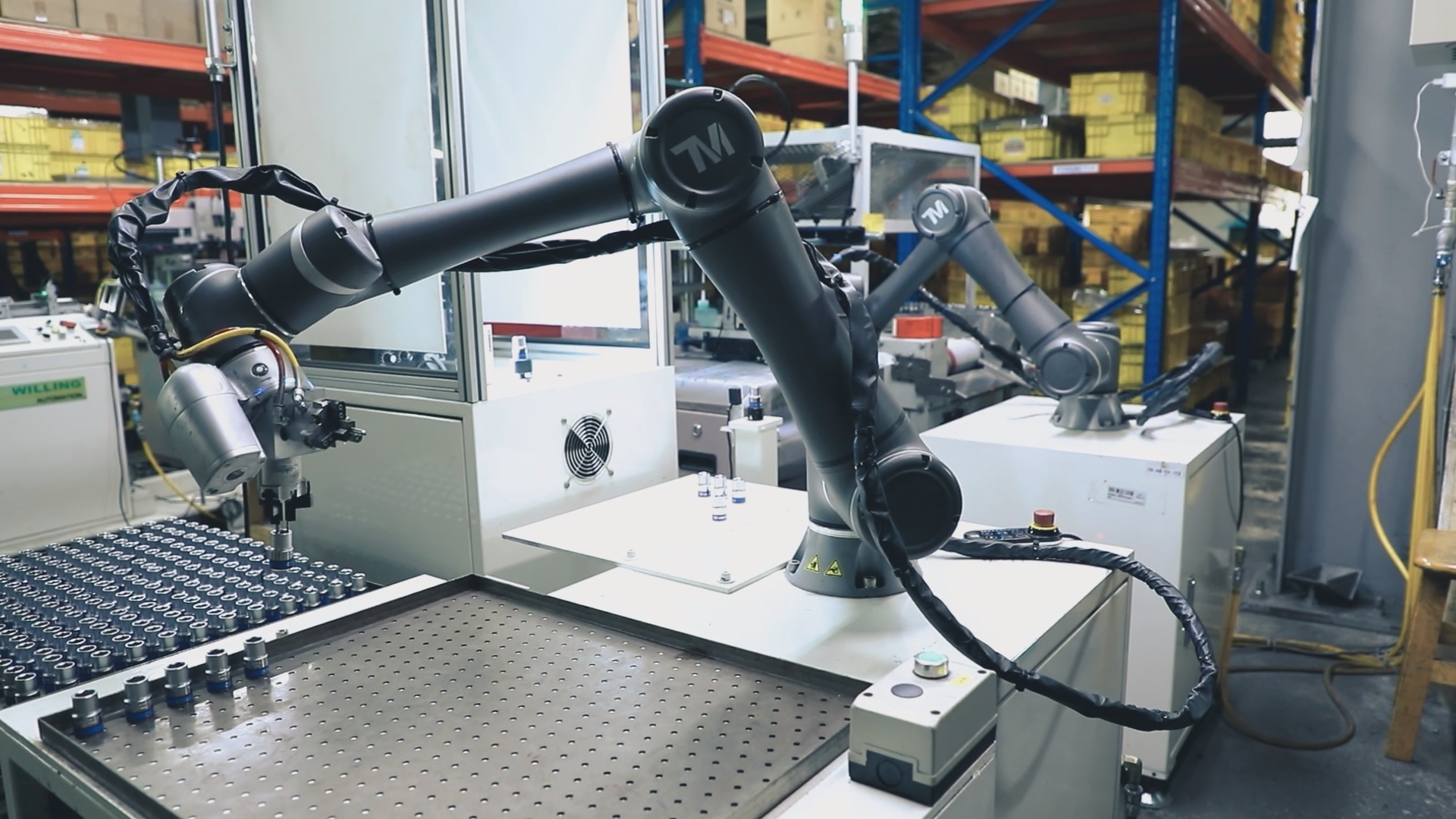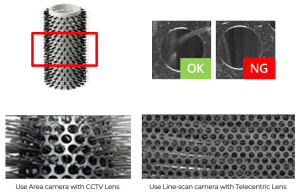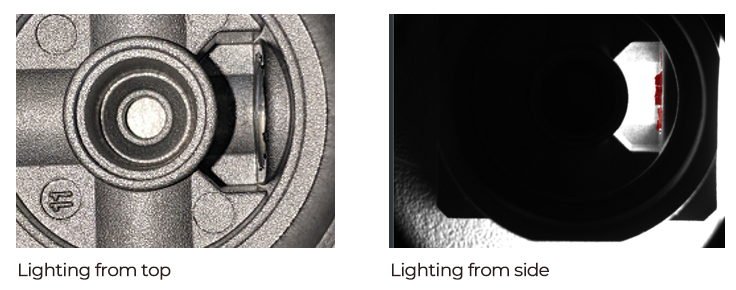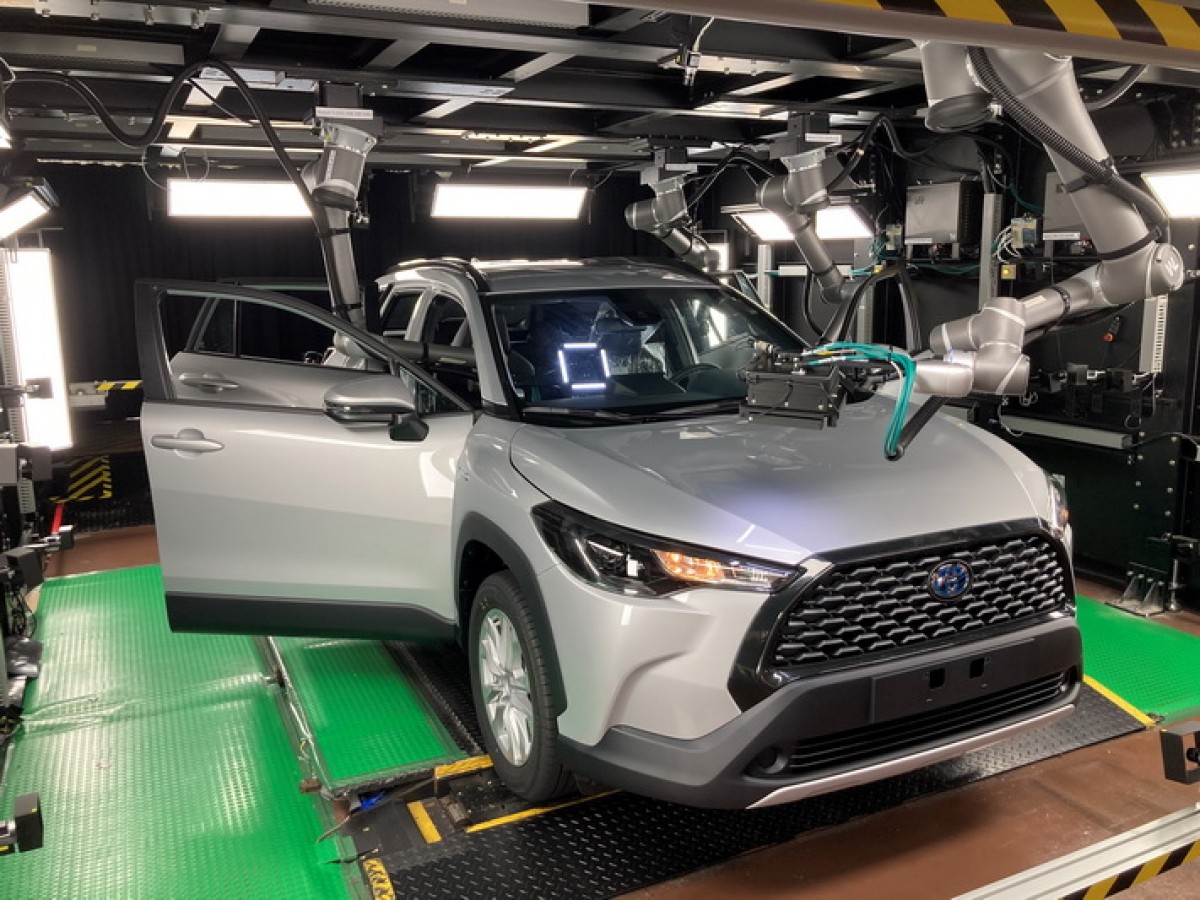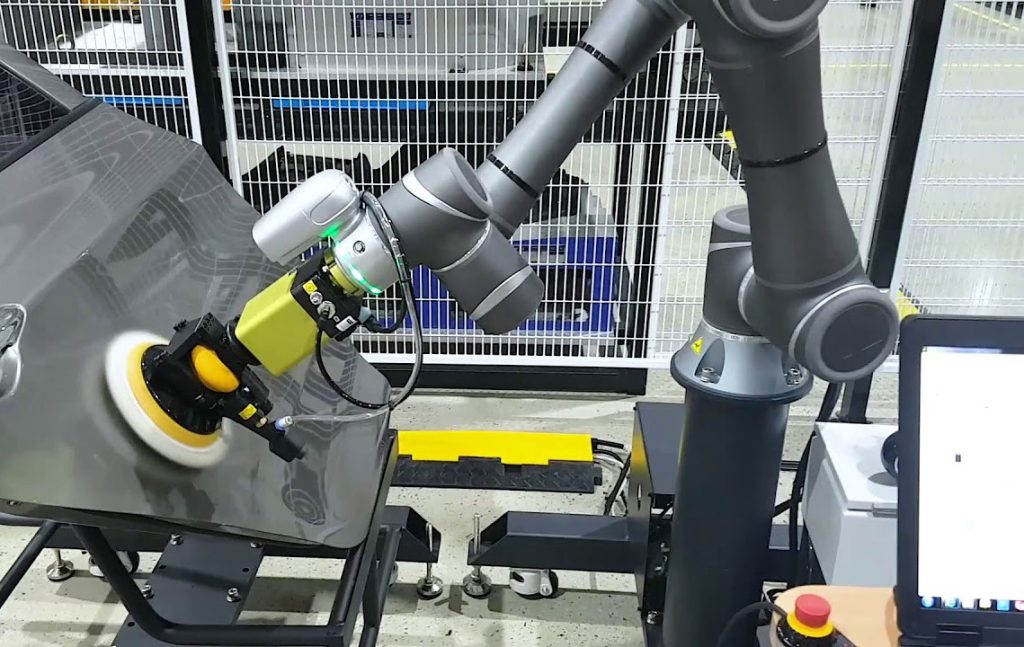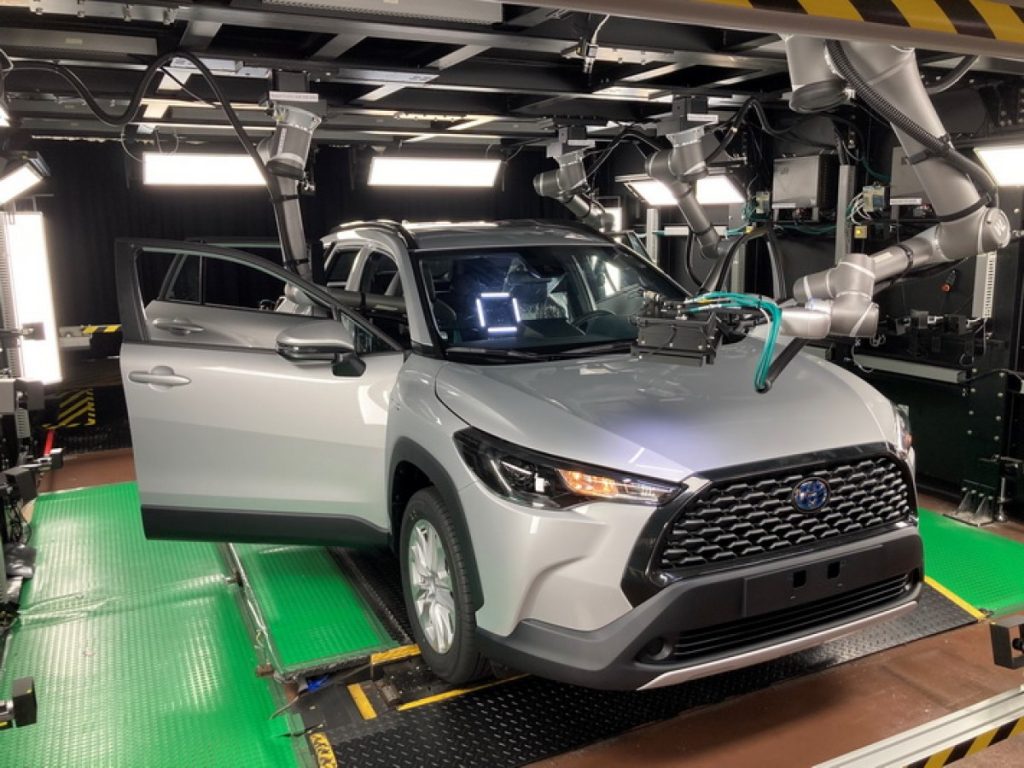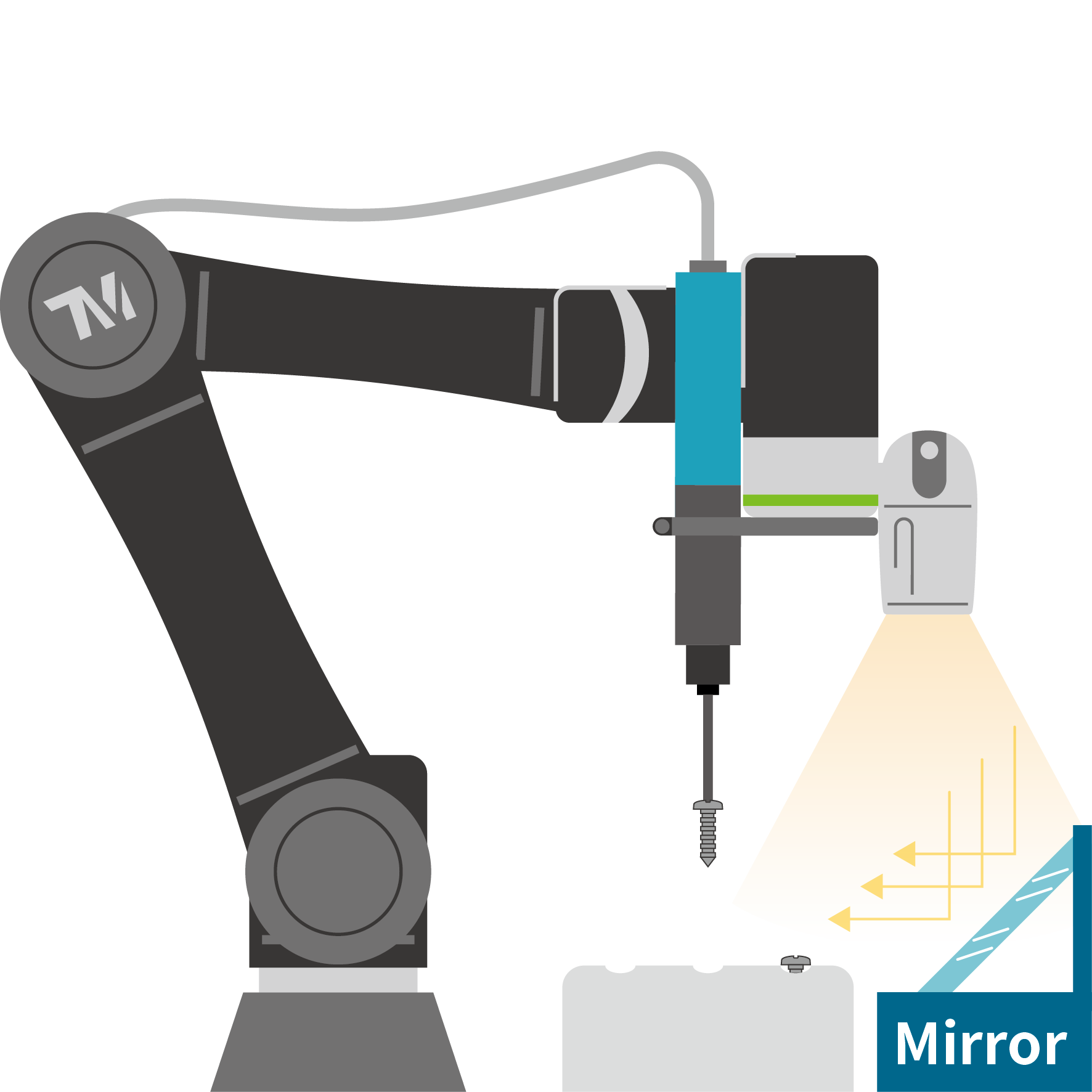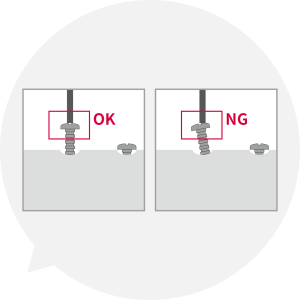In today’s dynamic manufacturing landscape, cobot vision has emerged as a pivotal technology, revolutionizing industries like metalworking and machining. Collaborative robots, or cobots, equipped with advanced vision systems, are transforming traditional manufacturing processes by integrating artificial intelligence (AI) and cutting-edge sensor technologies. These innovations not only enhance precision and productivity but also ensure consistent quality across manufacturing operations.
Introduction to Cobot Vision Systems
Cobot vision, integrated into collaborative robots known as cobots, is revolutionizing the manufacturing landscape with its ability to work alongside humans. At the heart of their capabilities lies advanced vision systems that enable them to perceive and interact with their environment intelligently. These vision systems integrate cutting-edge technologies such as artificial intelligence (AI) and machine learning, empowering cobots to execute tasks with precision and efficiency in diverse industrial settings.
Applications of Cobot Vision in Metalworking
The integration of cobot vision in metalworking brings forth a range of transformative applications. One of the primary uses is in machining automation, where cobots equipped with vision systems precisely position tools and manipulate materials with unparalleled accuracy. This capability not only reduces the margin of error but also optimizes production cycles, leading to increased throughput and efficiency in manufacturing operations.
Moreover, cobot vision systems excel in quality control within metal parts fabrication. They can inspect components with high precision, detecting defects or deviations from specifications in real-time. This proactive approach minimizes the risk of faulty products reaching the assembly line, thereby enhancing overall product reliability and customer satisfaction.
Benefits of Cobot Vision in Metalworking and Machining
Enhanced Precision and Flexibility:
Cobot vision systems play a pivotal role in enhancing precision and flexibility in metalworking and machining operations. By integrating advanced AI-driven algorithms, these systems enable collaborative robots to execute CNC machining tasks with unprecedented accuracy. From precise tool positioning to intricate material handling, cobot vision ensures consistent performance across diverse manufacturing tasks.
This capability not only reduces errors but also optimizes production efficiency by minimizing setup times and improving process repeatability. Manufacturers benefit from increased operational flexibility as cobots seamlessly adapt to varying production demands and configurations, thereby enhancing overall productivity and competitiveness in the market.
Improved Safety and Ergonomics:
In addition to precision, cobot vision systems significantly enhance workplace safety and ergonomics in metalworking and machining environments. By autonomously performing tasks that pose risks to human operators, such as handling heavy materials or operating in hazardous conditions, cobots reduce the likelihood of workplace accidents and injuries. This proactive approach to safety minimizes human exposure to high-risk scenarios, ensuring a safer working environment.
Moreover, cobots alleviate workers from physically demanding and repetitive tasks, thereby reducing strain and fatigue. This not only boosts morale but also enhances productivity by enabling employees to focus on more complex and value-added activities, ultimately contributing to a healthier and more efficient workforce.
Cost-Effectiveness and ROI:
Implementing cobot vision systems translates into substantial cost savings and a favorable return on investment (ROI) for metalworking and machining operations. By automating critical processes with precision and efficiency, cobots minimize operational costs associated with labor, rework, and production downtime. The ability to operate continuously and consistently without human intervention optimizes resource utilization and throughput, driving down per-unit production costs.
In addition, the upfront investment in cobot vision technology is offset by long-term benefits, including improved product quality, reduced scrap rates, and enhanced production output. This strategic investment not only enhances competitiveness but also positions manufacturers for sustainable growth and profitability in a rapidly evolving industry landscape.
Cobot Vision in the Welding Industry
In the welding industry, cobot vision systems also represent a paradigm shift, blending advanced technology with traditional craftsmanship to redefine efficiency, precision, and safety. These systems integrate AI and sophisticated sensors to enhance welding productivity
- Enhanced Welding Accuracy and Quality: Cobot vision systems revolutionize welding by precisely positioning torches and adjusting in real-time to material and joint variations. They enable continuous monitoring and inspection of weld seams, ensuring adherence to strict quality standards. This integration enhances welding accuracy and ensures high-quality welds throughout production.
- Safety Improvements: Cobot vision reduces human exposure to hazardous fumes, sparks, and physically demanding tasks. By automating repetitive and high-risk welding operations, these systems improve workplace safety conditions and mitigate the risk of injuries among human welders.
- Versatility and Automation: From intricate, small-scale components to large structures, cobot vision systems are remarkably versatile in handling diverse welding tasks with precision. They integrate seamlessly with robotic arms and automated welding machines, optimizing efficiency and maximizing output in manufacturing.
- Productivity Gains: Optimized welding processes, enabled by cobot vision, lead to significant productivity gains. Reduced setup times, improved cycle times, and the ability to operate continuously without fatigue contribute to higher throughput and overall efficiency in welding operations.
Looking ahead, future advancements in cobot vision technology for welding are poised to further revolutionize the industry. Innovations such as AI-driven weld seam tracking, adaptive welding techniques, and IoT integration for predictive maintenance promise to elevate efficiency, quality, and safety standards in welding applications.
Challenges and Solutions in Cobot Vision Integration
Integrating cobot vision systems in the metal and machining industries presents several common challenges. While TM’s AI cobots are adept at overcoming these obstacles, typical issues for cobots include initial setup complexities, compatibility concerns with existing equipment, and the need for specialized training to operate and maintain the systems effectively.
TM’s AI cobots address these challenges in the following ways:
- Limited Compatibility: TM’s AI cobots boast versatile integration capabilities designed to ensure compatibility with a wide array of manufacturing systems. They support flexible APIs and communication protocols, enabling seamless connectivity and interoperability with diverse industrial equipment and software platforms.
- Programming Complexity: TM’s AI cobots feature intuitive programming interfaces and user-friendly software tools. They utilize visual programming languages and simplified coding frameworks that reduce the complexity of programming tasks. This approach empowers operators, including those without extensive technical backgrounds, to quickly learn and deploy cobot applications effectively.
- Reliability Concerns: TM’s AI cobots are engineered for robust performance and reliability. They undergo rigorous testing and quality assurance measures to minimize the risk of breakdowns and ensure consistent operational efficiency. Advanced diagnostic capabilities and predictive maintenance features proactively identify and address potential issues, optimizing uptime and enhancing production throughput.
Future Trends and Innovations
The metalworking and machining industry is witnessing emerging trends in cobot vision systems that focus on enhancing precision, adaptability, and integration capabilities within manufacturing processes. AI-driven vision systems are expected to evolve further, enabling cobots to autonomously perform increasingly complex tasks with heightened accuracy. These advancements are set to revolutionize how automation is utilized in metalworking and machining, promising improved productivity and quality assurance.
The integration of cobot vision systems represents a transformative leap forward for metal and machining operations. By enhancing precision, efficiency, and safety, cobots equipped with advanced vision technologies are reshaping manufacturing landscapes. As these systems continue to advance, their role in driving innovation and operational excellence in the manufacturing sector becomes increasingly pivotal. Embracing cobot vision not only offers significant productivity gains and cost-effectiveness but also underscores its potential to redefine industry standards and foster sustainable growth.
To learn more about how Techman Robot’s collaborative robots can transform your manufacturing operations, contact us for a free consultation.

